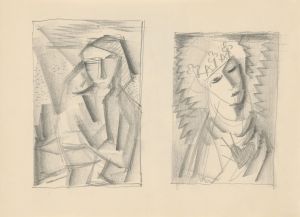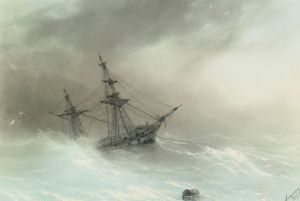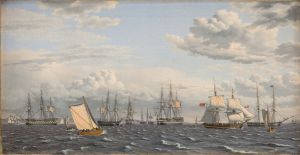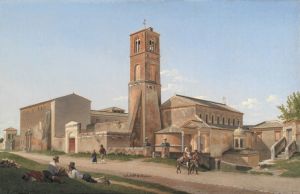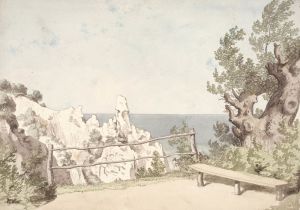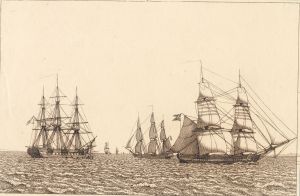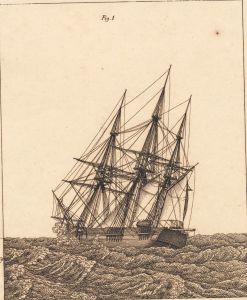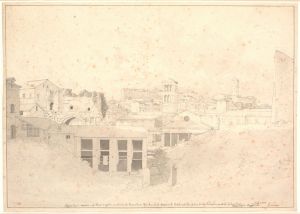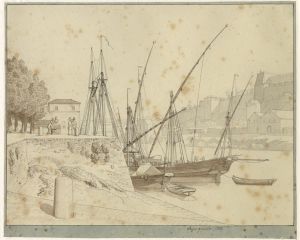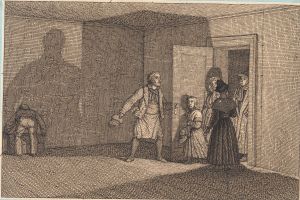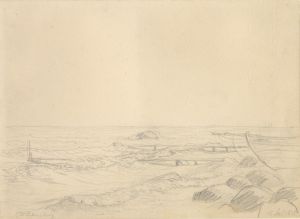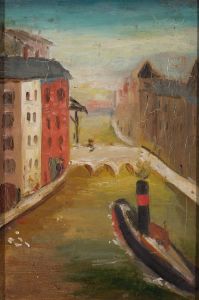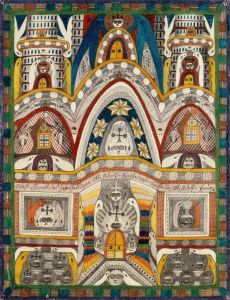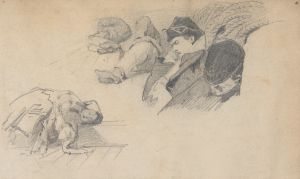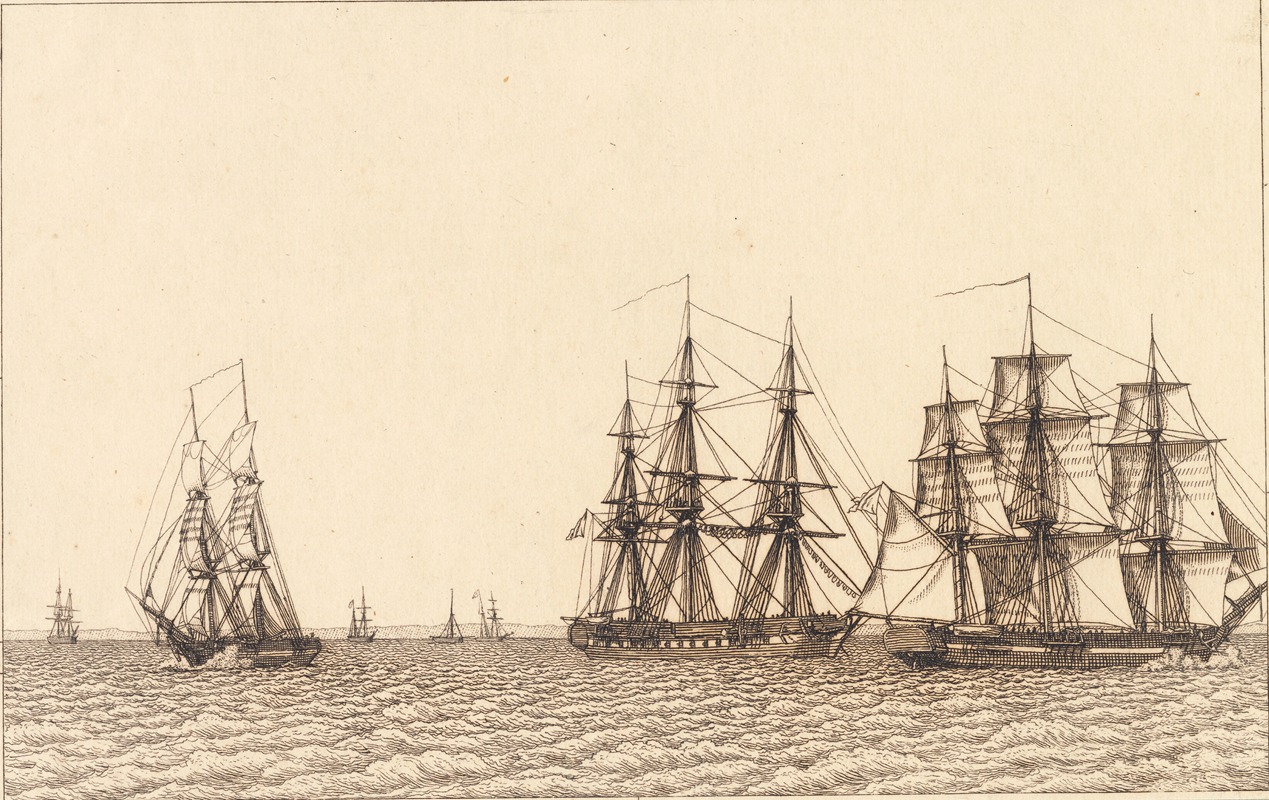
En brig sejlende Illustration til Linearperspectiven , Tavle IXb
A hand-painted replica of Christoffer Wilhelm Eckersberg’s masterpiece En brig sejlende Illustration til Linearperspectiven , Tavle IXb, meticulously crafted by professional artists to capture the true essence of the original. Each piece is created with museum-quality canvas and rare mineral pigments, carefully painted by experienced artists with delicate brushstrokes and rich, layered colors to perfectly recreate the texture of the original artwork. Unlike machine-printed reproductions, this hand-painted version brings the painting to life, infused with the artist’s emotions and skill in every stroke. Whether for personal collection or home decoration, it instantly elevates the artistic atmosphere of any space.
Christoffer Wilhelm Eckersberg, often referred to as the "father of Danish painting," was a pivotal figure in the development of Danish art in the 19th century. His work, "En brig sejlende Illustration til Linearperspectiven, Tavle IXb," is a notable example of his dedication to precision and his interest in the principles of linear perspective.
Eckersberg was born in 1783 in Blåkrog, Denmark, and he studied at the Royal Danish Academy of Fine Arts in Copenhagen. He later traveled to Paris and Rome, where he was influenced by the neoclassical style and the works of artists such as Jacques-Louis David. Upon returning to Denmark, Eckersberg became a professor at the Royal Danish Academy, where he taught and influenced a generation of Danish artists.
"En brig sejlende Illustration til Linearperspectiven, Tavle IXb" is a demonstration of Eckersberg's commitment to the accurate depiction of space and form. The painting is an illustration of a brig, a type of sailing vessel, and serves as an example of Eckersberg's application of linear perspective techniques. Linear perspective is a mathematical system used to create the illusion of depth and volume on a flat surface, and it was a crucial element in the training of artists during Eckersberg's time.
Eckersberg's interest in perspective was not merely academic; it was a fundamental aspect of his artistic practice. He believed that a thorough understanding of perspective was essential for creating realistic and convincing representations of the world. This belief is evident in "En brig sejlende Illustration til Linearperspectiven, Tavle IXb," where the careful construction of the ship and its surroundings demonstrates his mastery of the technique.
The painting reflects Eckersberg's broader interest in maritime subjects, which was a common theme in his work. Denmark, being a seafaring nation, had a rich tradition of maritime art, and Eckersberg contributed to this tradition with his detailed and accurate depictions of ships and the sea. His works often combined a scientific approach to perspective with a keen observation of nature, resulting in paintings that were both technically proficient and visually engaging.
Eckersberg's influence extended beyond his own work; as a teacher, he played a crucial role in shaping the next generation of Danish artists. His emphasis on perspective and his methodical approach to painting were passed on to his students, many of whom became prominent artists in their own right. This legacy cemented Eckersberg's status as a central figure in the history of Danish art.
In summary, "En brig sejlende Illustration til Linearperspectiven, Tavle IXb" is a testament to Christoffer Wilhelm Eckersberg's dedication to the principles of linear perspective and his skill as a painter. Through his meticulous attention to detail and his commitment to teaching, Eckersberg left an indelible mark on Danish art, influencing both his contemporaries and future generations.





